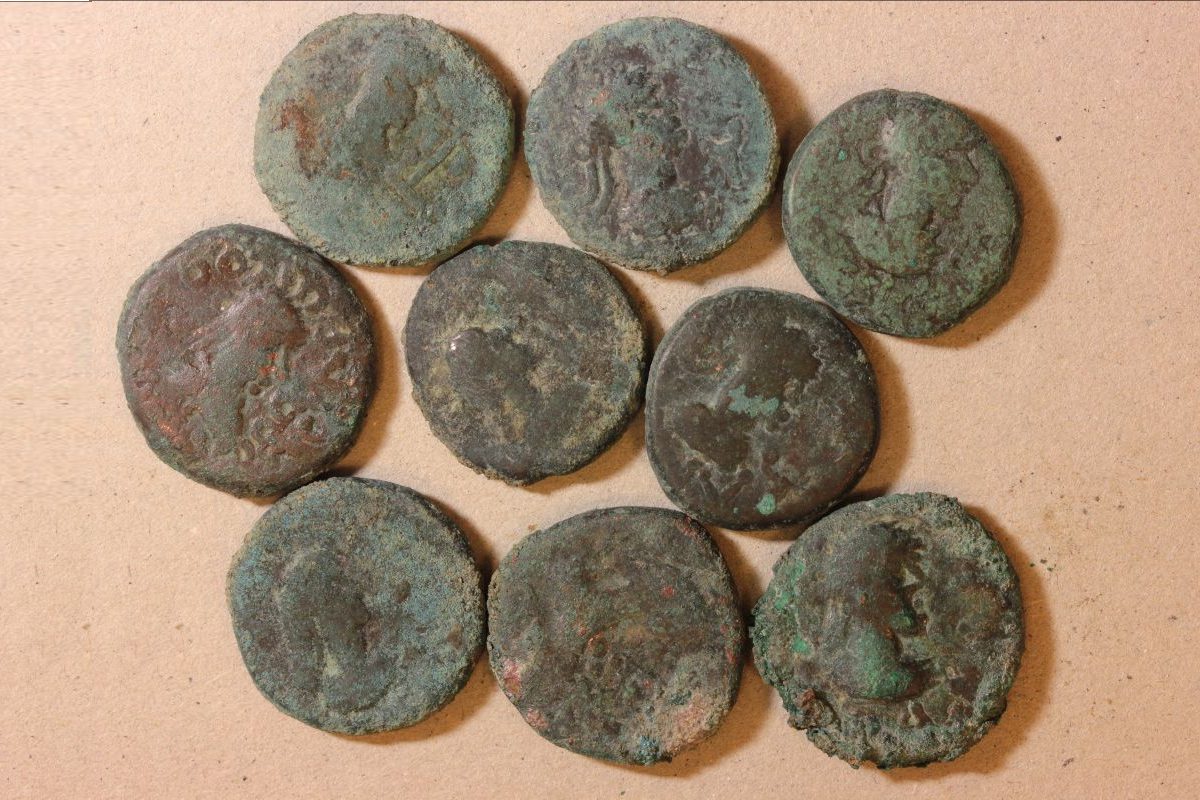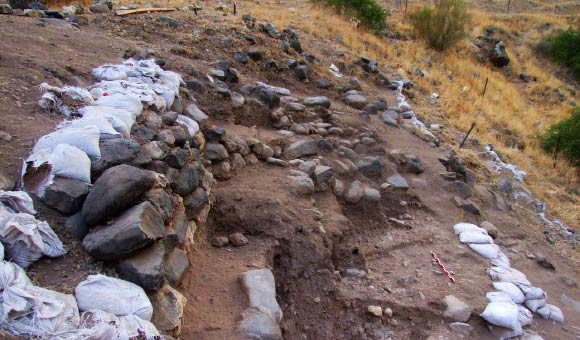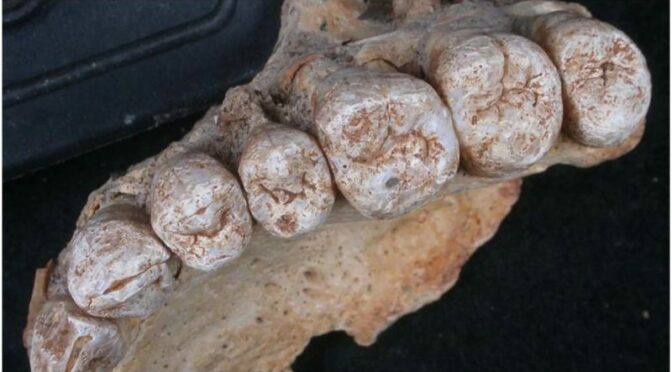Archaeologists discover a 6th-century coin hoard in ancient Phanagoria
A coin hoard was discovered in the ancient city of Phanagoria by archaeologists from the Institute of Archaeology of the Russian Academy of Sciences.
543 BC, the city was built by Teian colonists as a Greek trading post between the Maeotia coastline and nations on the Caucasus’ southern flank.
When researchers were looking for evidence of a fire layer from the 6th century AD, they found a large amphora filled with 80 copper staters (coins).
Read also: 12,000-Year-Old Natufian Village Unearthed in Jordan Valley
A number of attacks by Huns or Turks resulted in major portions of the city being burned, according to archaeologists. Ashes, soot and shards of burned timber floors of houses, shattered crockery, and the remains of burned grain in amphorae were found in the devastation layer.
“The barbarians who lived in adjacent countries took Kepa and Phanagoria and burned them to the ground,” said Procopius of Caesarea. Procopius of Caesarea describes a series of incidents that some scholars attribute to the wandering Huns.
A message regarding this incident is contained in Evagrius Scholastica’s “Church History”. As early as the year 570, the Turks themselves emerge on the Bosporus.
Russian Academy of Sciences professor Vladimir Kuznetsov said: “According to the content of this treasure, one may establish what kind of money was in use on the internal market of the Bosporus in the 6th century.”
Copper staters of the Bosporan rulers of the late 3rd – early 4th century AD are revealed by careful examination of the coins. Bosporan coins were last minted in AD 341; nonetheless, a vast quantity of cheap copper-lead alloy staters continued to circulate in the Bosporus for several centuries, while Byzantine gold was used as “luxury” currency.
Read also: The oldest non-African modern human fossil was revealed to be 195,000 years old




